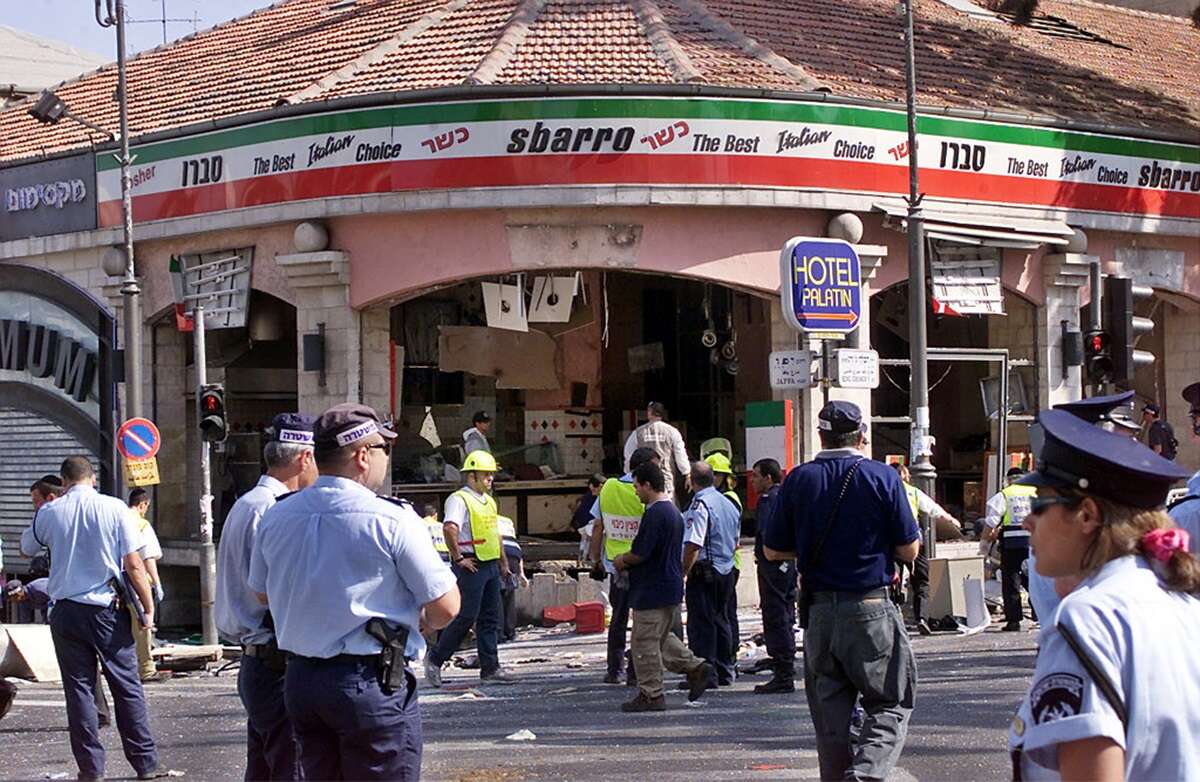The separation barrier, often referred to as the "Apartheid Wall," is a highly contentious topic that evokes strong emotions on both sides of the Israeli-Palestinian conflict. This article delves into the reasons behind its construction, its implications for both Israelis and Palestinians, and the broader historical context that has shaped this ongoing debate.
The structure of the barrier
The separation barrier stretches approximately 434 miles across the West Bank, taking on various forms along its path. While much of it consists of an electronic chain-link fence flanked by barbed wire and ditches, certain areas feature imposing 30-foot concrete slabs that encircle significant population centers like Jerusalem and Bethlehem.
The peace process and its failures
The backdrop to the barrier's construction lies in the failed peace process of the 1990s, which initially seemed promising. The signing of agreements between Israeli Prime Minister Yitzhak Rabin and Palestinian Liberation Organization (PLO) Chairman Yasser Arafat symbolized hope for autonomy and security for both peoples. However, this hope was short-lived as violence escalated, leading to a breakdown in negotiations.
Opposition to the peace talks was significant on both sides. Many Palestinians viewed the acceptance of a two-state solution as a betrayal, while some Israelis felt the land they considered sacred was being unjustly ceded. The assassination of Rabin in 1995 by a Jewish extremist exemplified the deep divisions and violence that characterized this period.
Escalation of violence and the Second Intifada
The Second Intifada, which began in 2000, marked a turning point in the conflict, resulting in thousands of casualties on both sides. As Palestinian suicide bombers targeted Israeli civilians, the Israeli Defense Forces (IDF) responded with military operations aimed at dismantling terrorist networks. The violence and loss of life prompted the Israeli government to consider more drastic security measures.
In March 2002, following a series of deadly attacks, Israel launched Operation Defensive Shield, a military campaign intended to root out terrorist cells in the West Bank. This operation resulted in a significant loss of life and marked a period of intense military activity and further entrenchment of divisions.

The decision to construct the wall
In the wake of these events, plans for the separation barrier were developed. Initially proposed before Rabin's assassination, the idea gained traction as a means to enhance security. The Israeli government framed the barrier as a temporary measure aimed at preventing terrorist infiltration rather than a permanent border.
However, as the structure took shape, it became clear that its implications extended beyond mere security. Critics argue that the barrier serves as a political tool, solidifying territorial claims and limiting Palestinian access to their land. The ongoing construction has raised questions about its legality, such as the International Court of Justice calling it "unlawful."
Assessing the barrier's effectiveness
Proponents of the barrier point to a dramatic decrease in terrorist attacks as evidence of its success. Between 2000 and 2006, there were over 3,000 attacks from the West Bank, resulting in significant casualties. However, following the construction of the barrier, this number reportedly fell to just 80.
Yet, the interpretation of these statistics is highly contested. Security experts assert that the barrier is just one component of a broader security strategy, including intelligence gathering and military operations. The cooperation between Israeli and Palestinian security forces in the years following Arafat's death also played a role in reducing violence.
Claims of land appropriation
Many Palestinians view the barrier as a land grab designed to annex territory and disrupt their claims to statehood.
The historical context of land control is crucial in understanding these claims. Following the 1967 war, Israel gained control of significant territories, including the West Bank, leading to the establishment of Jewish communities in areas that Palestinians consider their homeland. This has further complicated the prospects for a two-state solution.
Impact on freedom of movement
The barrier has profoundly affected the daily lives of Palestinians, restricting their movement and access to essential services. Many communities are now cut off from one another, with families separated by checkpoints and lengthy detours. For many young Palestinians, the wall is simply a fact of life. This barrier has become a defining feature of daily life for a generation that has never known anything else.
The separation barrier is emblematic of the broader conflict between Israelis and Palestinians. For Israelis, it is often seen as a necessary measure for security and protection. For Palestinians, it represents oppression and a denial of their rights. This dichotomy underscores the situation's complexity and difficulty finding common ground.




